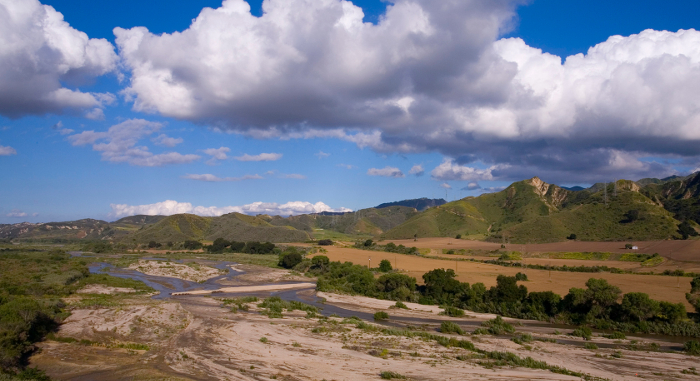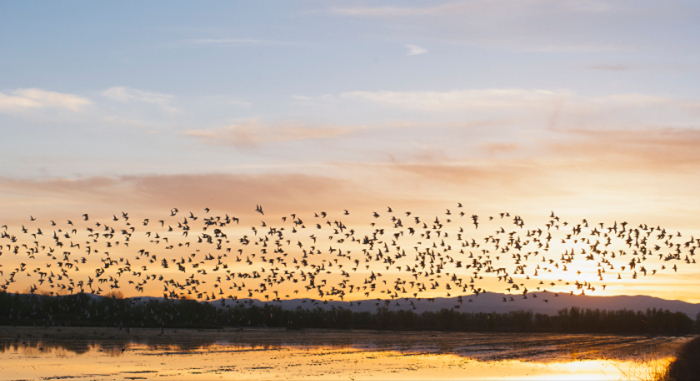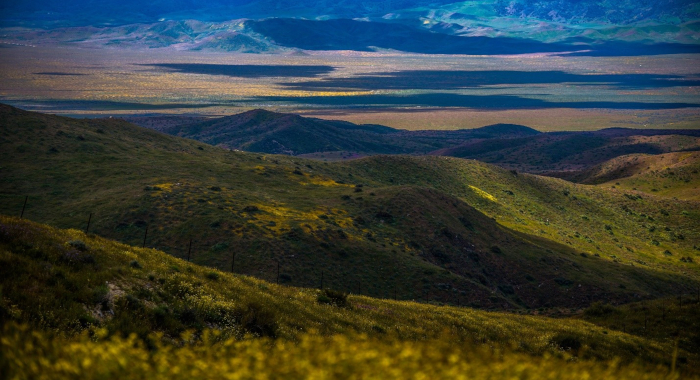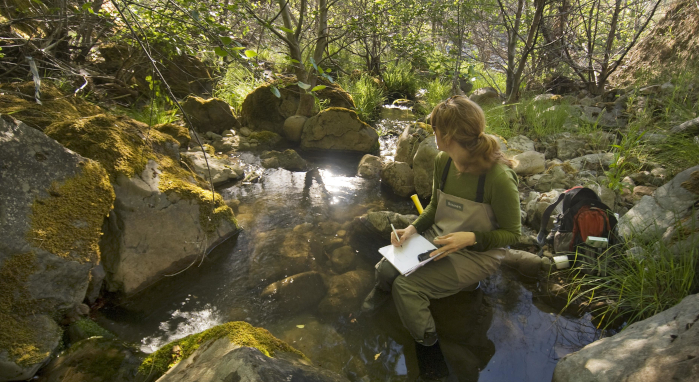California is one of the most hydrologically altered landscapes in the world. As water becomes ever more scarce and the human population continues to grow, that vast engineered system strains to meet the needs of people let alone the needs of nature.
Water rights allocations far exceed actual surface water supply, and millions of wells tap groundwater to meet the increasing demands of farms and communities. As groundwater reservoirs are depleted they can in turn reduce surface flows – exacerbating a vicious cycle in which people and nature both lose. Rivers, wetlands and groundwater-dependent ecosystems are caught in this struggle for an increasingly limited resource. Nearly half of California’s roughly 4,000 freshwater species are considered vulnerable to extinction. Of the taxa that are found nowhere but California – our endemic freshwater biodiversity – 90 percent are at risk.
But there is hope. While it is impossible to return natural flows to most of California’s rivers and streams, we can – through science, technology, and innovative market tools – endeavor to deliver water when and where nature needs it most.




Jeanette K. Howard, Kirk R. Klausmeyer, Kurt A. Fesenmyer, Joseph Furnish, Thomas Gardali, Ted Grantham, Jacob V. E. Katz, Sarah Kupferberg, Patrick McIntyre, Peter B. Moyle, Peter R. Ode, Ryan Peek, Rebecca M. Quiñones, Andrew C. Rehn, Nick Santos, Steve Schoenig, Larry Serpa, Jackson D. Shedd, Joe Slusark, Joshua H. Viers, Amber Wright, Scott A. Morrison
The California Freshwater Species Database is the first comprehensive geospatial database of California’s freshwater species compiled and standardized into single format from nearly 500 sources.…Brent B. Hughes, Matthew D. Levey, Monique C. Fountain, Aaron B. Carlisle, Francisco P. Chavez, Mary G. Gleason
This comprehensive study of a major California estuary documents the links between nutrient runoff from coastal land use, the health of the estuary as a nursery for young fish, and the abundance of…Doak, D.F., G.K. Himes Boor, V.J. Bakker, W.F. Morris, A. Louthan, S.A. Morrison, A. Stanley, L. Crowder
One of the key components of a recovery plan for a threatened or endangered species in the United States is the set of recovery criteria that will be used to evaluate progress in abating the threats…Walter N. Heady, Kevin O'Connor, Jennifer Kassakian , Kate Doiron, Charles Endris, Daniel Hudgens, Ross P. Clark , Jena Carter , Mary G. Gleason
Estuaries are some of the most productive ecosystems on the planet. This inventory classifies more than 600 coastal confluences on the West Coast of the United States. Each estuary was classified…Brent B. Hughes, Matthew D. Levey, Jennifer A. Brown, Monique C. Fountain, Aaron B. Carlisle, Steven Y. Litvin, Correigh M. Greene, Walter N. Heady, Mary G. Gleason
Estuaries support significant biodiversity and important ecosystem functions such as providing rearing habitat for juvenile fish and invertebrates. This report synthesizes the scientific…Jennifer K. Carah, Christopher C. Blencowe, David W. Wright
Coho salmon in California are critically imperiled so there is strong impetus to achieve as much habitat restoration as possible in priority watersheds quickly and with limited resources. This paper…Eric Hallstein, Matt Miller
Parker, Sophie, Remson, E.J, Verdone, Lily
This paper reviews how the Conservancy has maximized its return on investment on the Santa Clara River in Ventura County, California by focusing riparian restoration efforts in a few…Michelle D Staudinger, Shawn L Carter, Molly S Cross, Natalie S Dubois, J Emmett Duffy, Carolyn Enquist, Roger Griffis, Jessica J Hellmann, Joshua J Lawler, John O'Leary, Scott A Morrison, Lesley Sneddon, Bruce A Stein, Laura M Thompson, Woody Turner
This paper synthesizes research pertaining to climate change impacts on biodiversity, reviewed by the biodiversity technical working group of the 2014 National Climate Assessment. The paper focuses on…Golet G.H., D.L. Brown, M. Carlson, T. Gardali, A. Henderson, K.D. Holl, C.A. Howell, M. Holyoak, J. Hunt, G.M. Kondolf, E.W. Larsen, R.A. Luster, C. McClain, C. Nelson, S. Paine, W. Rainey, Z. Rubin, F. Shilling, J.G. Silveira, H. Swagerty, N.M. Williams, D.M. Wood
Large-scale ecosystem restoration projects seldom undergo comprehensive evaluation to determine project effectiveness. Consequently, there are missed opportunities for learning and strategy…Jeanette Howard, Kirk Klausmeyer, Kurt Fesenmyer
Californians face profound decisions regarding the management of their state’s increasingly limited water supply. Critical for decision-making is information about the plants and animals that…Golet G.H., J. Hunt, D. Koenig
Floodplains often are managed both for agriculture and as habitat for native species. On the Sacramento River, farmers have expressed concern that natural areas may be sources of pests to adjoining…Jennifer Carah, Jason Pelletier
A two-page summary of salmon restoration efforts at the Garcia River Forest on the North Cost of California focusing on the reintroduction of wood in streams as a strategy.Kirk Klausmeyer, Katie Fitzgerald
Key to protecting drinking water for all Californians is understanding the sources and health of the thier watersheds. This study maps California's surface drinking water sources, the watersheds…